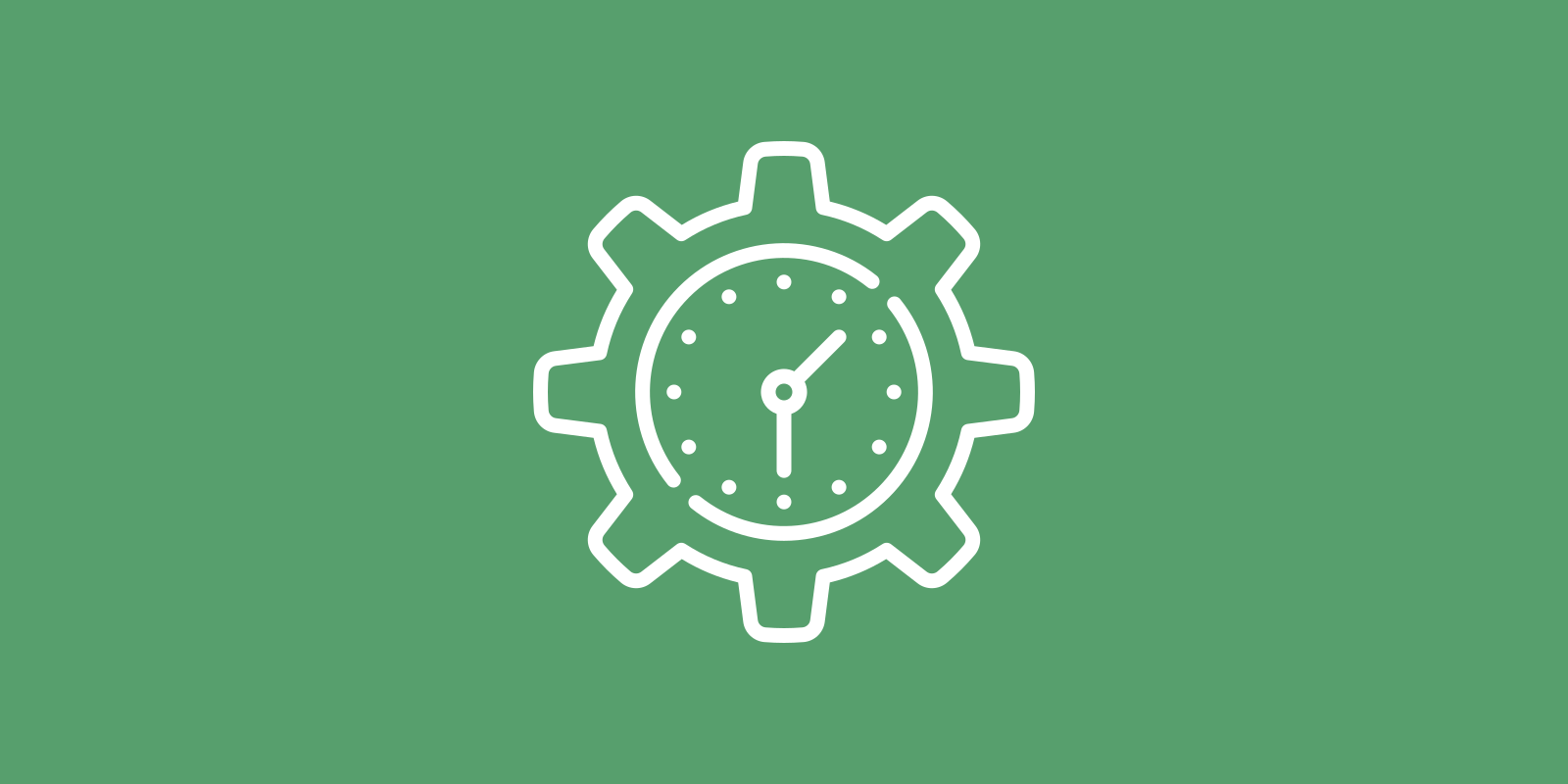Worst Time to Plan
Are your workdays full of time-consuming surprises? Do stakeholders have different and changing expectations of you? Is it difficult to predict when your priorities will shift?
Triple yes? Then, using a daily schedule is a way for you to stay in control.
However, never plan today’s work today. A couple of reasons why:
- Suboptimal use of time
Planning for the same day usually takes place in the morning. But, if the mornings are your peak productivity hours, you shouldn’t waste that time on scheduling. You should direct your heightened focus to your most important task right off the bat. - Chance of procrastination
Picking tasks for today could tempt you to postpone unpopular and challenging ones. (Don’t tell me you’re not familiar with the urge.) Planning ahead leads to more honest decision-making.
Setting Up Your Personal Kanban
Planning ahead begins with the creation of a so-called Personal Kanban. With this visual aid, you can keep track of your progress on all pending tasks.
On my Personal Kanban, I prefer to guide my work through 4 consecutive stages:
- New
The starting point for any new work item. It’s where I collect ideas and tasks that may need to be addressed one day. - Ready
Moving an item from New to Ready means that I understand every detail of the task and that no outside influence is keeping the task on hold. I use this list to prioritize and prepare my workload for the upcoming weeks. - Next
When I plan to work on something tomorrow, I drag the item from Ready to Next. As the new day dawns, I’ll be devoted to the task at hand immediately. It’s a good way to prevent overloading myself with too many tasks at once. - Done
Upon completion, work items arrive here. Storing my accomplishments allows me to inspect how much I got done each day.
Picking the Right Kanban Tool
You might have noticed that a Personal Kanban needs constant updating. If you want to be able to quickly add new work items, change priorities and update your progress, I recommend using a Kanban app on your phone or computer.
A Kanban app lets you create a digital Kanban board. A board consists of columns, one for each of the stages your work passes through. In these columns, you add cards, each representing a single work item. You can drag-and-drop these cards to change the order within a column or move an item to a different column.
Consider trying one of these free (also ad-free) Kanban apps:
- Trello
Suitable if you’re seeking a simple and intuitive experience. Trello offers a ready-to-use Kanban template and a clean user interface that is easy to navigate. Some advanced features are available through a paid subscription. - Notion
Ideal if you’re looking for a more sophisticated and customizable solution. Notion feels like working with digital Lego blocks. Many advanced features are included for free, like switching between different views.
Some people prefer a physical Kanban board, a tangible alternative to task management. In this scenario, paper post-its with handwritten tasks move from column to column on a wall. Unlike the online apps, a physical Kanban board lets you engage with your work in a very direct and hands-on manner.
Ultimately, whether you use an app or sticky notes is up to you.
Best Practices for Workday Scheduling
So far, we have covered the benefits of planning ahead and how to manage your Personal Kanban. That leaves us with some final scheduling tips:
- Take 15 minutes a day to review your Personal Kanban.
- Sort tasks by their urgency (time) and impact (value).
- Commit to new work only if you can realistically deliver.
- Discuss unclear priorities with your manager or stakeholder.
- Remove tasks that are no longer relevant or necessary.
- Break up tasks that take 2+ hours into smaller ones.
- Set a clear goal for each task and track your results.
- Make sure each task can be done separately from other tasks.
- Keep 20% of your workday free for unexpected events.
- Stick to your plan, but also adjust when it makes sense.
Wrap Up
Following these tips will change the way you do your job. By planning ahead and using the methods we’ve talked about, you’ll get more done and feel more satisfied with your work. Just remember to find the right balance between sticking to your plan and making changes when needed. Now, go and enjoy a more organized and rewarding work life!
